Selected publications and materials
Selected publications and materials of the Language Centre can be found on this page.
Language Use in Secondary and Higher Education: Teachers’ Beliefs and Practices
PEP Project: Survey Report
As part of the Erasmus+ project PEP – Promoting Plurilingual Education, a comprehensive survey was conducted among more than 800 language teachers across Europe. The aim was to explore beliefs, teaching practices, and challenges related to plurilingualism in secondary and higher education. Key Findings: Teachers value the societal and cultural significance of plurilingualism. Plurilingual teaching practices are widespread, particularly in fostering comprehension and metalinguistic awareness. Assessment formats often remain monolingual, indicating a need for better alignment between teaching and evaluation. Reported challenges include a lack of resources, limited institutional support, and insufficient professional development opportunities. Conducted online between May and July 2024, the survey provides a solid foundation for developing best-practice materials and recommendations for language education policy, teacher training, and institutional development. These findings will be further processed within the PEP project and integrated into publications like the Booklet with adaptable good-practice examples, events, and digital resources – with the overarching goal of establishing plurilingualism as a central dimension of education.
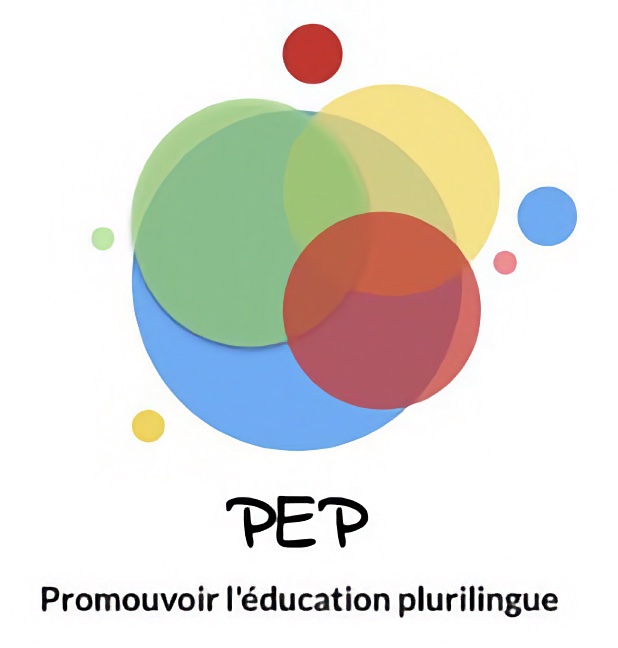
Assessing plurilingual competence
Assessing plurilingual competence
This book deals with the current issues in the assessment of multilingual competences. It contains theoretical background, empirical results and practical examples of how multilingual competences of learners can be appropriately considered and evaluated in testing and assessment procedures. Different educational areas and contexts are covered (adult education, secondary and post-secondary education, foreign and second language acquisition, fleeing and migration, …). In Part II, "Assessing plurilingual competence", Elisabetto Bonvino, Filomena Capucho and Margareta Strasser (Language Centre) present the integrated approach to assessing plurilingual language competence developed in the Erasmus+ project EVAL-IC. The book has been published in the "Routledge Research in Language Education" series.
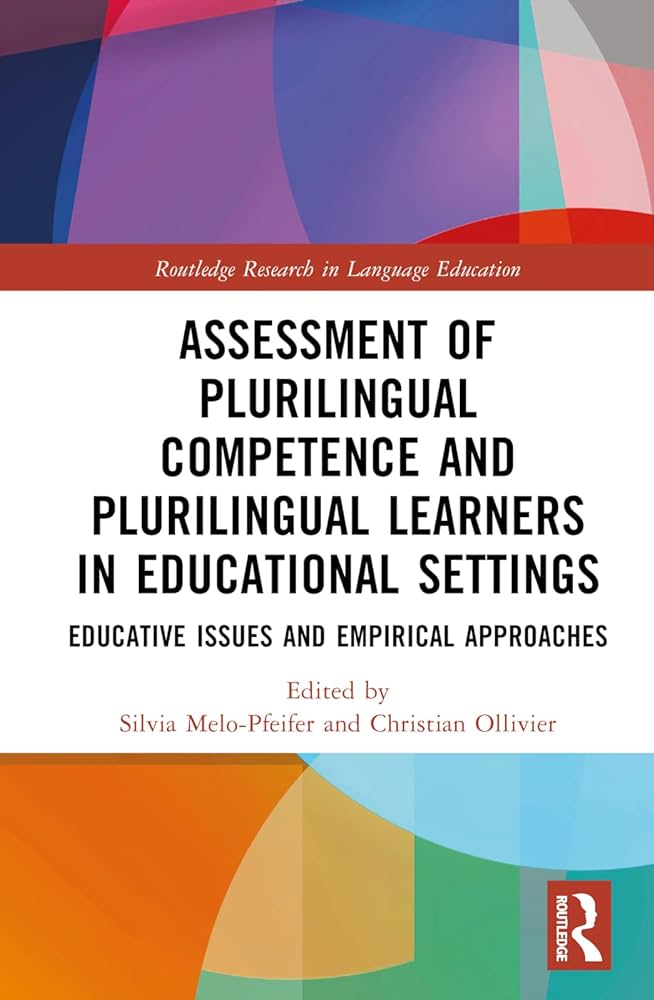
DIGITALISATION IN language education
The move to online teaching
This issue of the journal "Fremdsprachen und Hochschule (FuH 97)" (Foreign Languages and University) is dedicated to the topic "The Online Semester – Digitization of Foreign Language Teaching at Universities". It includes an article by M. Strasser, C. Hülsmann and M. Zauner on the corona semester as an impulse for a change in the culture of teaching and learning. The article describes the switch to online teaching at the Language Center in the summer semester of 2020 and the associated establishment of online didactics, which has been achieved by pooling all available resources and networking at all levels (Language Center, other language centers and institutions). In particular, thanks to the establishment of a "community of practice" among the teachers of the Language Center, impulses for the further development of the teaching and learning culture could be set. The publication series "Fremdsprachen und Hochschule (FuH)" (Foreign Languages and University) is published by the "Arbeitskreis der Sprachenzentren, Sprachlehrinstitute und Fremdspracheninstitute (AKS)" (Working party of language centres, language teaching institutes and institutes of foreign languages) and provides insight into current developments in the field of language teaching and research at universities.
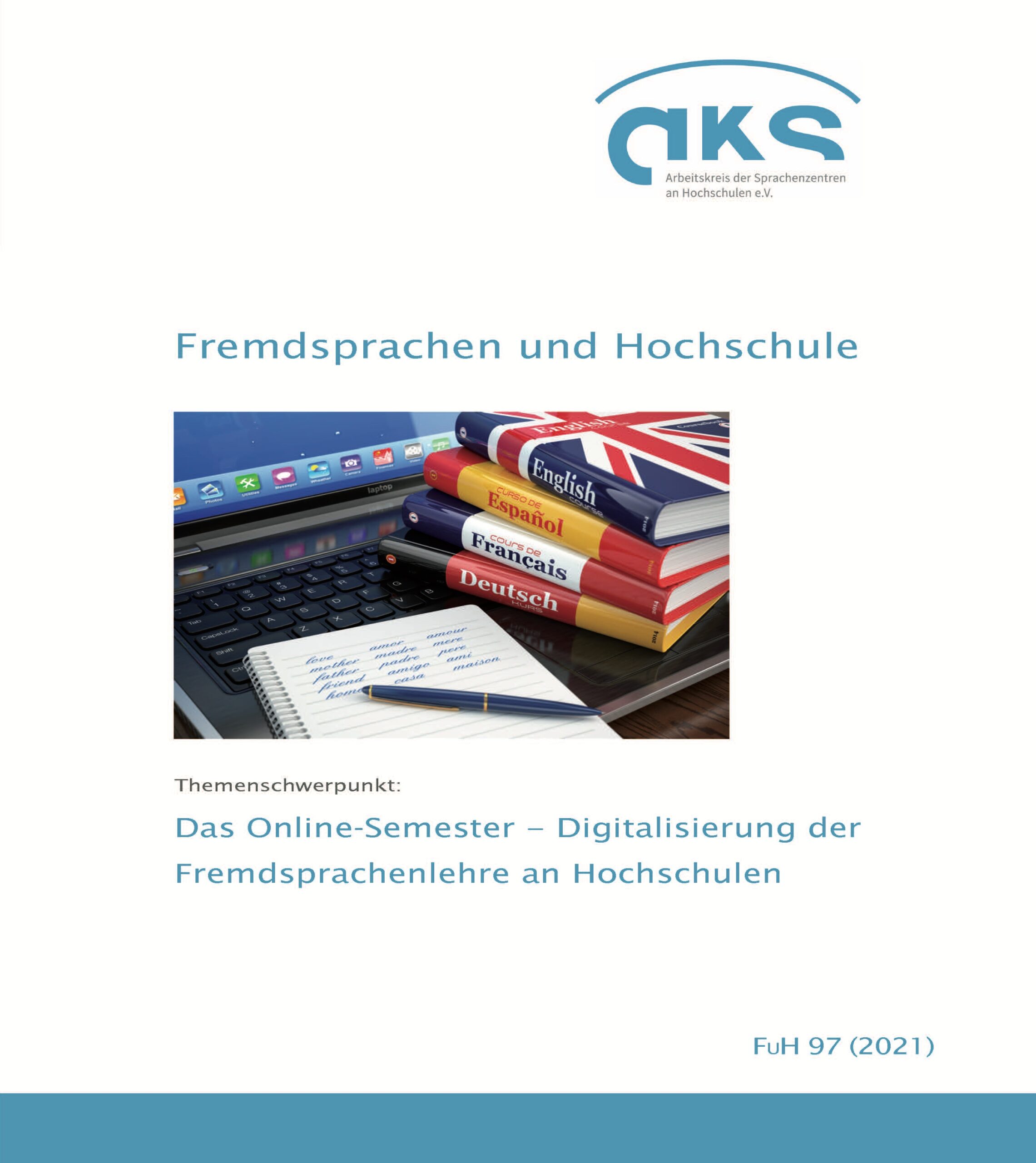
DESCRIBING, PROMOTING AND EVALUATING PLURILINGUAL COMPETENCIES
Competencies for Intercomprehension
The volume "Teaching and Learning Competencies for Intercomprehension. Perspectives for Multilingual Education" (Volume 10 of the Salzburg Series on Teacher Education) provides an overview of research in the field of intercomprehension, a specific form of plurilingual communication. It combines contributions from renowned European experts in the field of plurilingual didactics. The volume focuses on the description and evaluation of competencies specific to intercomprehension. The first part deals with the competencies necessary for intercomprehension from the learners' perspective. The articles in the second part are devoted to the competencies of teachers who pursue plurilingual intercomprehensive approaches. In addition to the overview articles, projects and models are introduced that provide insight into the diverse research activity as well as practice in the field of intercomprehension. The idea for this trilingual volume emerged from the Erasmus+ project EVAL-IC, which involved 14 European universities as well as 37 associated partner institutions. It was realized as a cooperation between the Language Centre, the School of Education and the University of La Réunion.
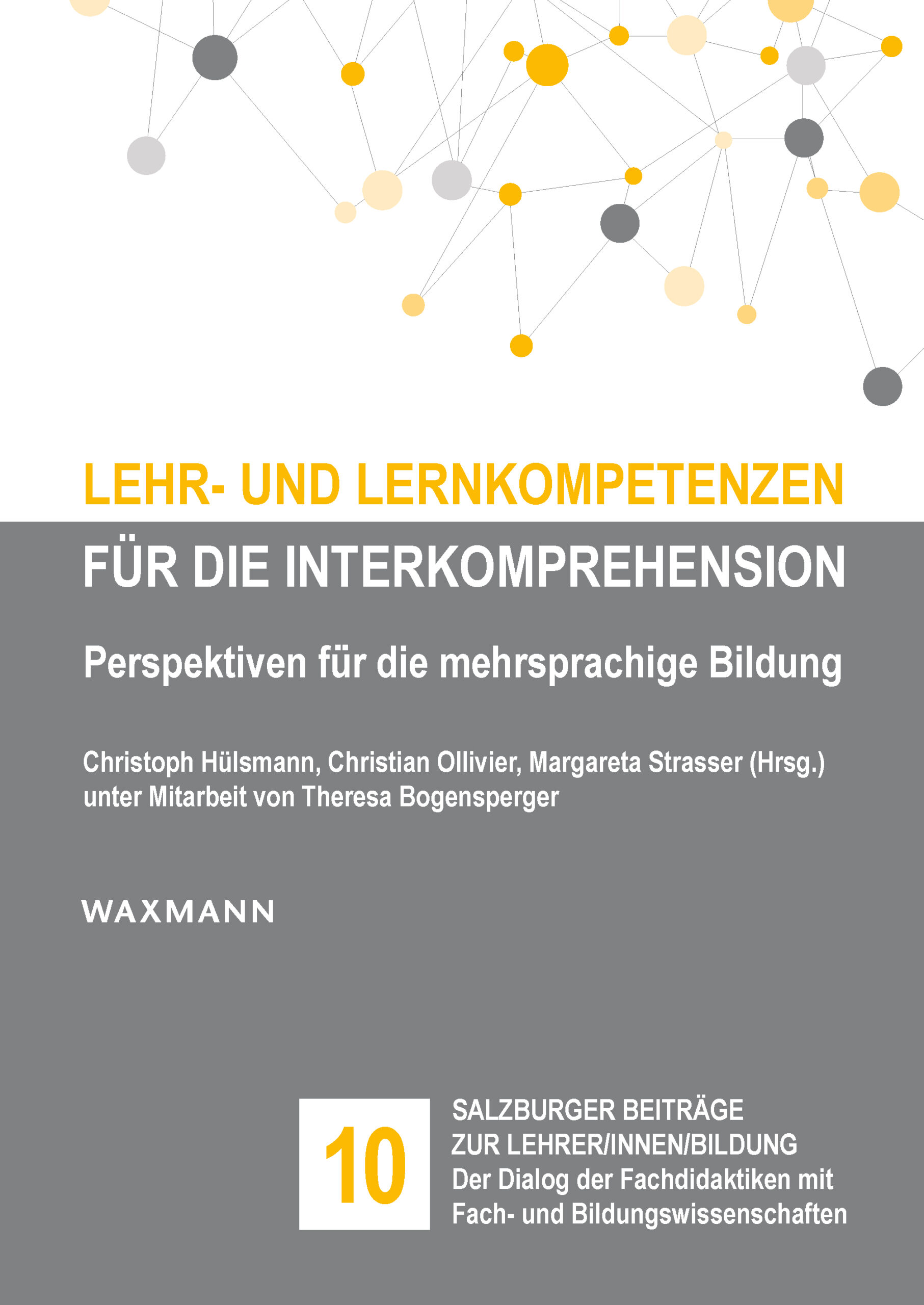
- Hülsmann, C., Ollivier, C. & Strasser, M. (2020): Lehr- und Lernkompetenzen für die Interkomprehension. Waxmann-Verlag.
- Project EVAL-IC (Evaluation des compétences en intercompréhension)
Romance Languages
Romance languages in comparison
In the presented paper, typical topicalization and focalization structures of spoken Romance languages have been analyzed at different linguistic levels – information structure, syntax, and prosody (intonation/pitch and accents/word stresses, respectively) – and are contrasted for the first time for French, Spanish, and Italian on the basis of a corpus of authentic dialogic speech recordings. First, the individual dimensions that make up the information structure are described in detail. After an overview of the basic mechanisms of the interplay between information structure, syntax, and prosody in general, and for spoken French, Spanish, and Italian in particular, previous findings on the grammatical-syntactic, pragmatic-semantic, and prosodic properties of topical and focus-fronting structures are summarized. The results are subsequently verified by an empirical analysis of spoken evidence.
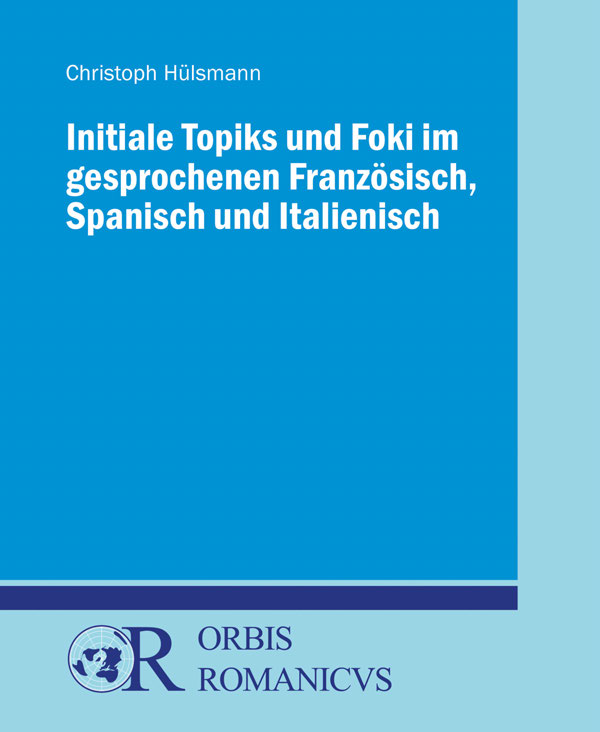
LANGUAGES AT SCHOOL
German in a multilingual environment
The examination of language required at school demands skills from pupils that go far beyond the linguistic mastery of everyday life. In addition, the diversity of our society is reflected in the cultural as well as the linguistic and learning-related starting points of the pupils. Teachers therefore need knowledge about linguistic competencies and about how they can be identified and promoted in everyday school life. The contributions in this practical volume offer a wealth of ideas for this purpose. First, the framework conditions and challenges of developing and expanding language competence in a plurilingual environment are discussed. Based on this, important findings from second language research and language methodology on the development and use of the central linguistic skills listening, speaking, reading and writing and on their identification, are presented and development possibilities as well as support measures in secondary education are shown. The volume is the result of a cooperation between the Department of German Studies, the School of Education, and the Language Centre of the University of Salzburg (among others in the context of the thematic module "Language in the Classroom"). It contains contributions by Katharina Ferris, Margareta Strasser, Denis Weger, Maria Zauner and Theresa Bogensperger.
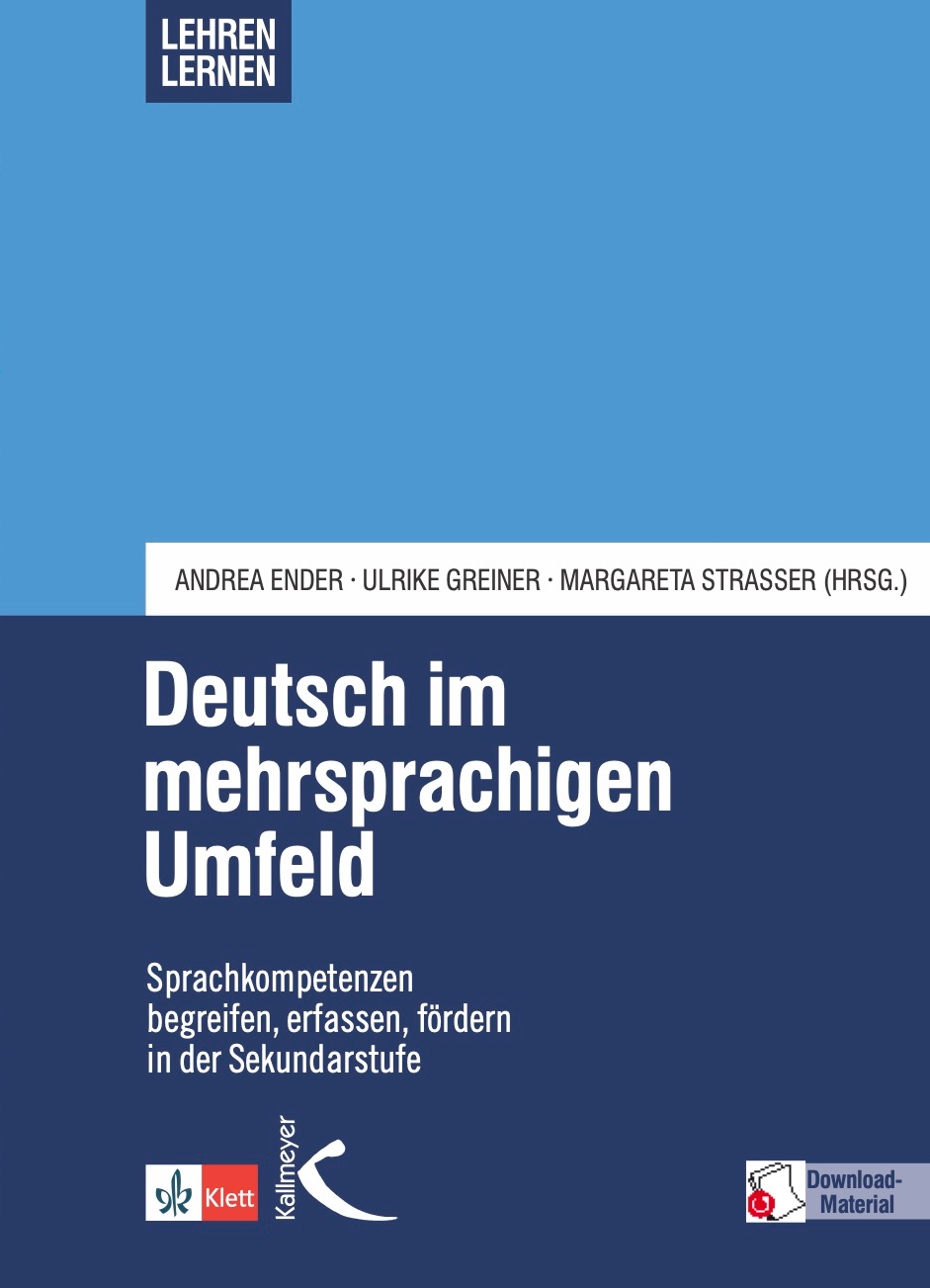
Plurilinigual education – Intercomprehension
Interkomprehension in Theorie und Praxis
This book, published in 2013, arose from the project “IDD: Interkomprehension: Definitionen und Didaktik (Intercomprehension definitions and methodology)" and is the result of efforts to systematize the diverse approaches to intercomprehension methodology and research. Aimed at both teachers and researchers, the book is intended as a reflexive guide through the field of intercomprehension research and methodology. An epistemological-definitional section sheds light on the background, origins, and various understandings of the term "intercomprehension." the book also provides an introduction to the general principles of intercomprehension methodology and a categorization of the specific methodological approaches that have been implemented in diverse projects. A brief description of previously conducted projects in the field of intercomprehension methodologies provides an insight into the practical implementation of the principles described in the first part. A concluding part with exemplary examples for the integration of intercomprehension methodologies into (foreign language) teaching rounds off the work and provides a helpful tool for teachers who would like to integrate intercomprehension methodologies into their practice.
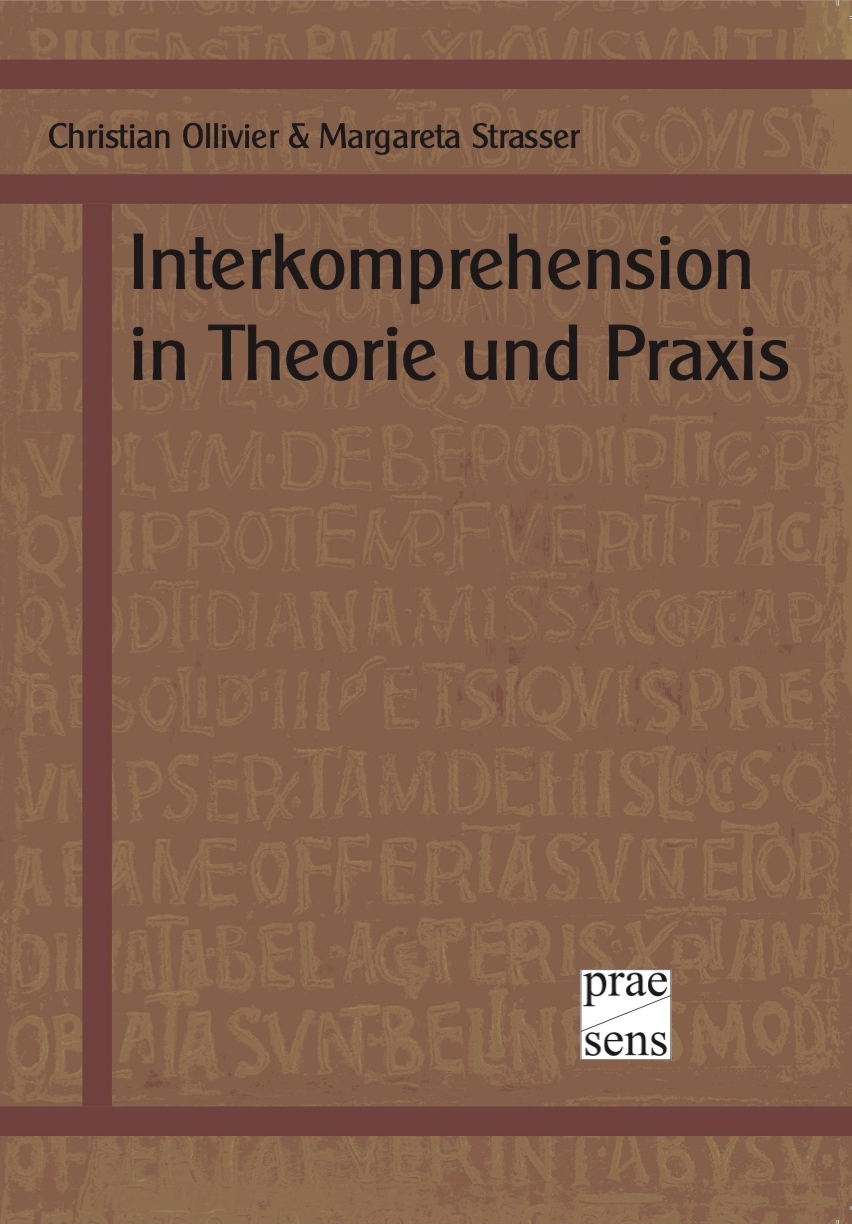
- Ollivier, C. & Strasser, M. (2013): Interkomprehension in Theorie und Praxis. Praesens.
- Project: IDD – Interkomprehension: Definitionen und Didaktik (WTZ)
Teaching and learning materials
Promoting plurilingual education – adaptable good practice examples
Project PEP
As part of the international project PEP – Promouvoir l’éducation plurilingue (Promoting Plurilingual Education), a booklet has been published that focuses on promoting plurilingual education. The aim of the publication is to provide concrete ideas for implementing plurilingual practices and to demonstrate how plurilingualism can be effectively integrated into teaching scenarios. The booklet presents 18 adaptable practice examples, categorized into three thematic areas – "Raising awareness," "Taking action," and "Learning" – offering a wide range of suggestions for promoting plurilingual competence in language education. The booklet is particularly aimed at teachers, educators, and anyone interested in plurilingual education or actively implementing it in practice. It is available for download on the project website. Additional practices to promote plurilingual competence in language education will follow!
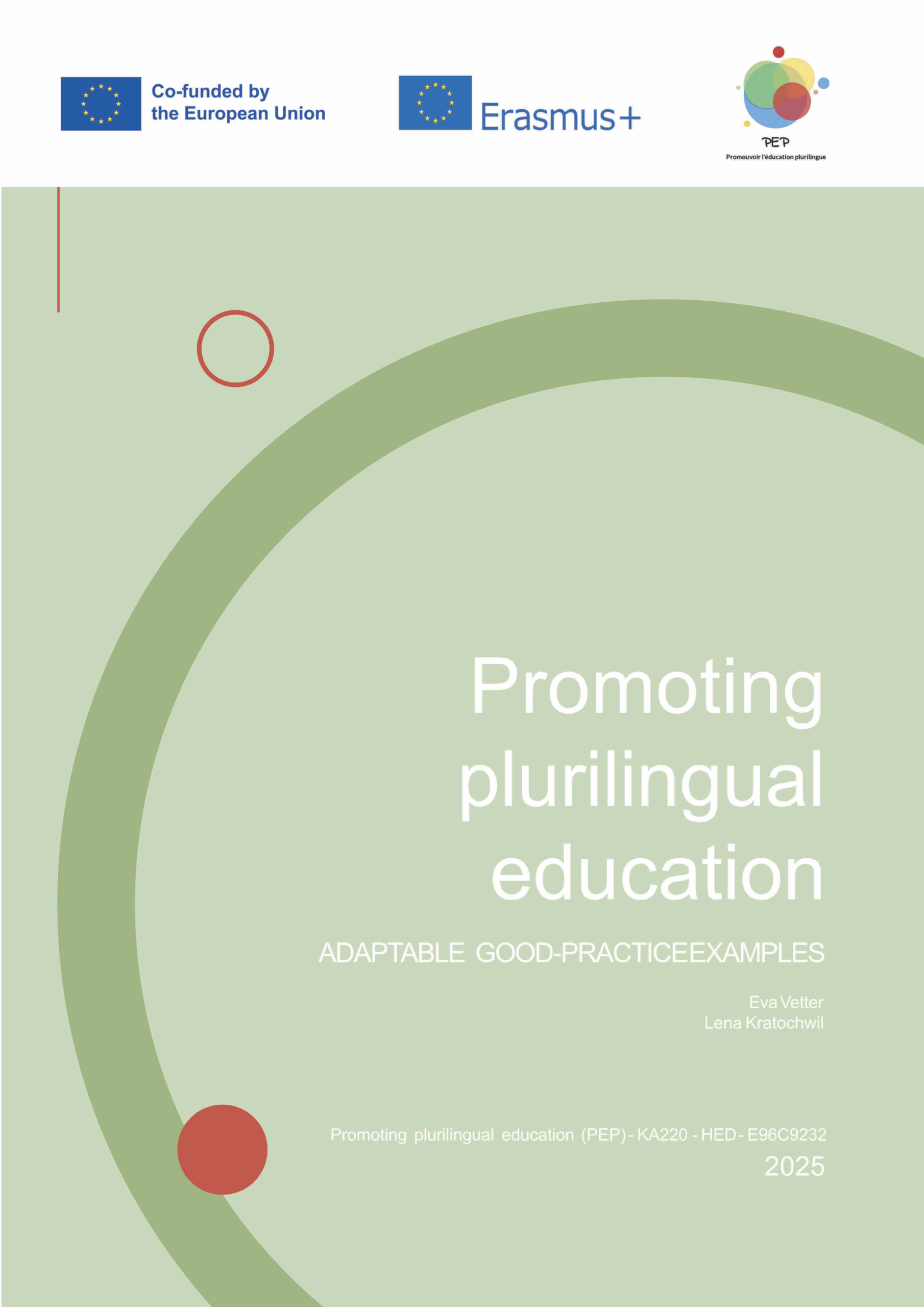
PEP project website
Booklet ‘Promoting plurilingual education’
Teaching and learning languages online using digital tasks
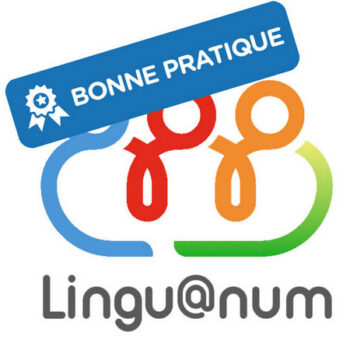
Project website with training modules and materials for download: https://www.linguanum.eu
Extramural language learning
Erzähl mir Salzburg
Extracurricular learning sites offer huge potential for particularly sustainable learning experiences. In the project "Erzähl mir Salzburg – Deutsch im Museum (Tell me about Salzburg – German in the Museum, a sub-project of “Sag es einfach. Sag es laut. Leichte Sprache im Museum"; "Just say it. Say it out loud. Easy language in the museum"; Salzburg Museum in cooperation with the focus on science and art and the Language Centre; funded by the BKA- Federal Chancellery or the Republic of Austria), the potential of the museum as a learning location was used to bring adult learners of German closer to the history of Salzburg. Learning materials were developed for a language and cultural learning course that takes place in the museum and involves the learners and their experiences and their history. The learning materials, which were developed by Denis Weger, Theresa Bogensperger and Margareta Strasser to accompany the special exhibition "Erzähl mir Salzburg (Tell me about Salzburg)", are available for download. The individual tasks and exercises can easily be adapted accordingly and transferred to other contexts. The theoretical foundations of the project are described in the volume "Leichte Sprache. Sag es einfach. Sag es laut! Praxisbeispiel Museum ("Just say it. Say it out loud. Easy language in the museum")" (eds.: Luise Reitstätter, Najda Al-Masri-Gutternig). This volume is also available online.
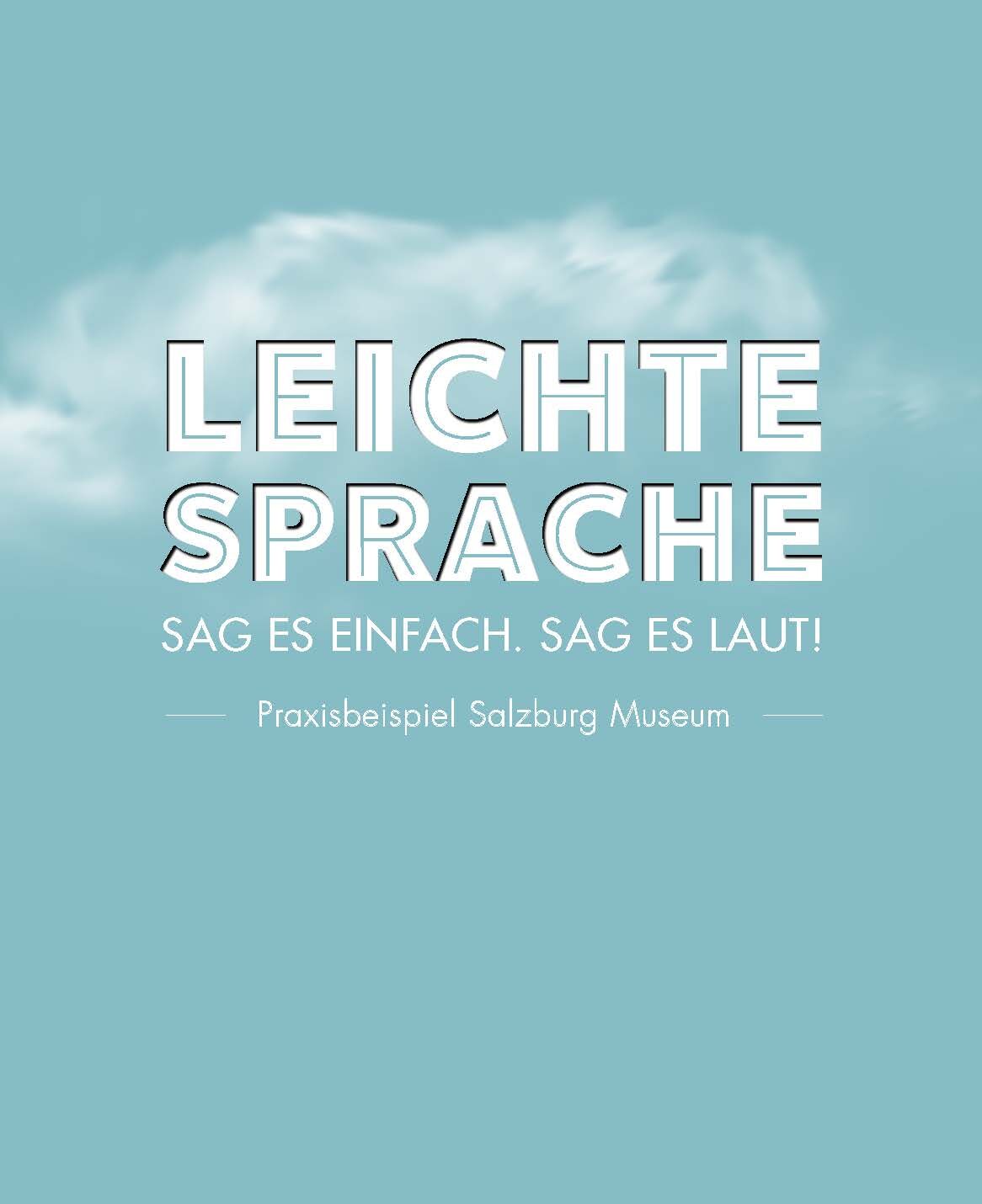
HEALTH CARE IN GERMAN COURSES
Smile! – Bitte lächeln
The learning materials "Bitte lächeln – Gute Pflege vom ersten Zahn an" (Smile – good care from the first tooth onwards) are aimed at adult learners of German and comprise a volume of materials, an accompanying teacher's manual and additional audio and video materials. In cooperation with experts from the ÖGK (Austrian health insurance organisation), content was prepared on the topics of tooth development, dental care and dental coordination. Learners with a basic knowledge of German – from level A1 or A2 – should thus receive important information on the topics and at the same time become familiar with the linguistic structures and language actions associated with them. This includes knowledge and tips about tooth development and care, making a dentist appointment by phone, the procedure for a visit to the dentist and the vocabulary required for this. The materials were developed as part of a third-party funded project (commissioned by the Austrian Health Insurance Fund). They can be downloaded from the ÖGK homepage. Authors: Maria Zauner, Theresa Bogensperger, Ulrike Wegenkittl-Neumayer, Margareta Strasser.
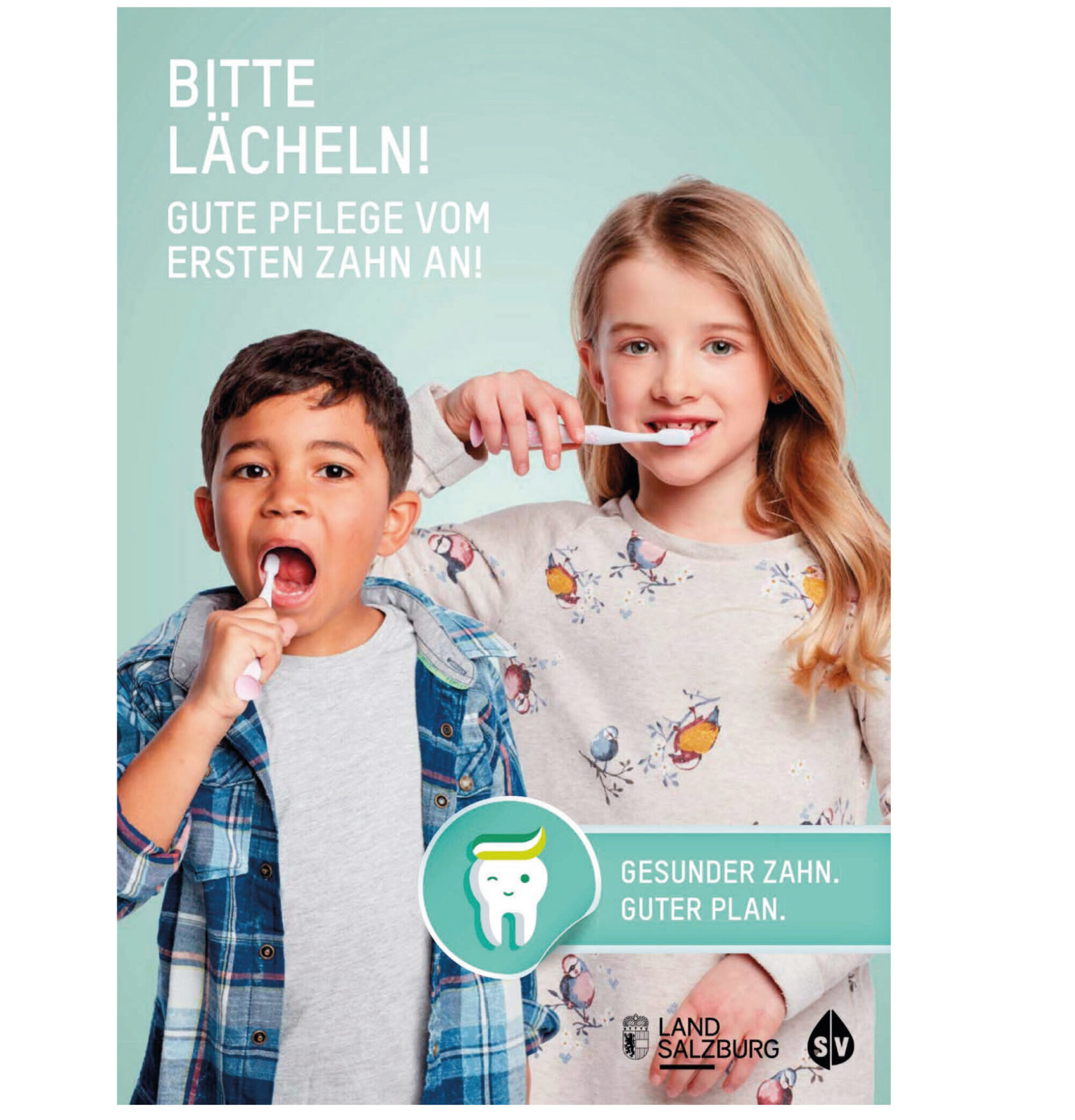
HEHEALTH CARE IN GERMAN COURSES
Healthy nutrition for young children
The materials from „Mein Kind beginnt zu essen" ("My child is beginning to eat") are also aimed at adult learners of German as a Second Language and were also developed on behalf of the Salzburger Gebietskrankenkasse (Salzburg’s regional health insurance organisation). These concepts were developed in response to the increasing demand for content-oriented materials in adult education. Learners are very interested in the materials, as is the need of teachers for methodological materials with which these important topics can be taken up in DaZ (German as a second language) courses. At the same time, learners should learn appropriate strategies and competencies to deal with complex texts with the help of pre-structured and methodologically prepared materials. The learning materials cover the topics of starting to eat, healthy nutrition, and hygiene and dental care. The materials from „Mein Kind beginnt zu essen" ("My child is beginning to eat") and "Baby isst mit" ("Baby eats with us") can be downloaded from the website of the "Richtig essen von Anfang an" ("Eating Right from the Start") project. Authors: Katharina Ferris, Florian Bauer, Denis Weger, Margareta Strasser
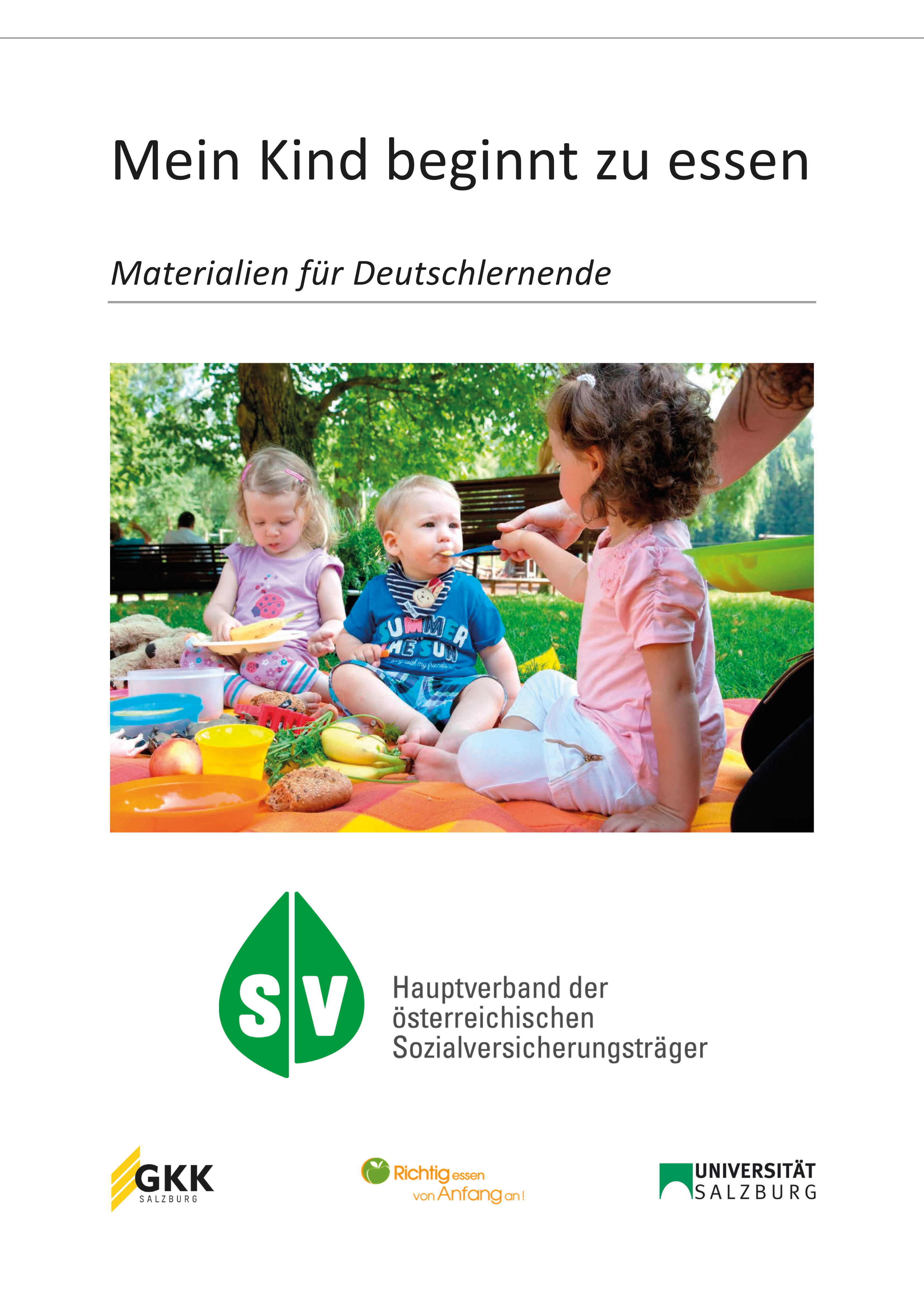
HEALTH CARE IN GERMAN COURSES
Healthy nutrition during pregnancy
As part of the project "Baby isst mit" ("Baby eats with us"; funded by the SGKK- Salzburg’s regional health insurance organisation), materials were developed for learners of German that provide information about healthy nutrition during pregnancy. In cooperation with the SGKK, materials and information brochures were prepared accordingly so that they can be used in courses for learners of German as a second language. Individual modules or parts of modules can be used for teaching. In addition to the materials for learners, a teacher's manual and a CD-Rom with additional materials have also been developed. The teaching materials are available for download from the health insurance fund's website. Authors: Katharina Ferris, Florian Bauer, Margareta Strasser.
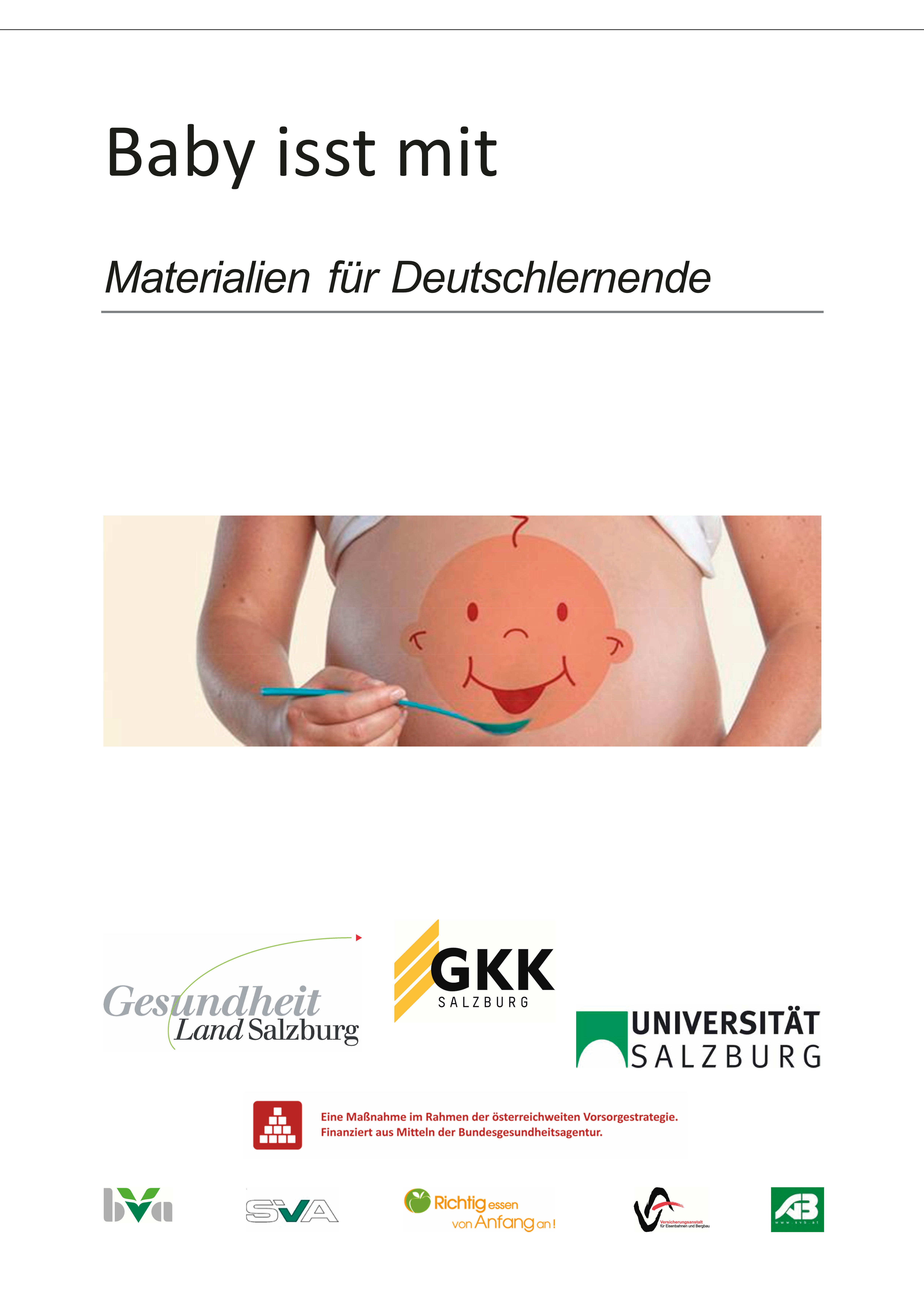
Photographs: © Verlag Waxmann (1) | © Verlag Narr/Francke Attempto (2) | © Verlag Klett-Kallmeyer (3) | © Verlag Praesens (4) | © Salzburg Museum (5) | © ÖGK (6) | © SGKK/wildbild (7) | © SGKK/Projekt „Baby isst mit“





